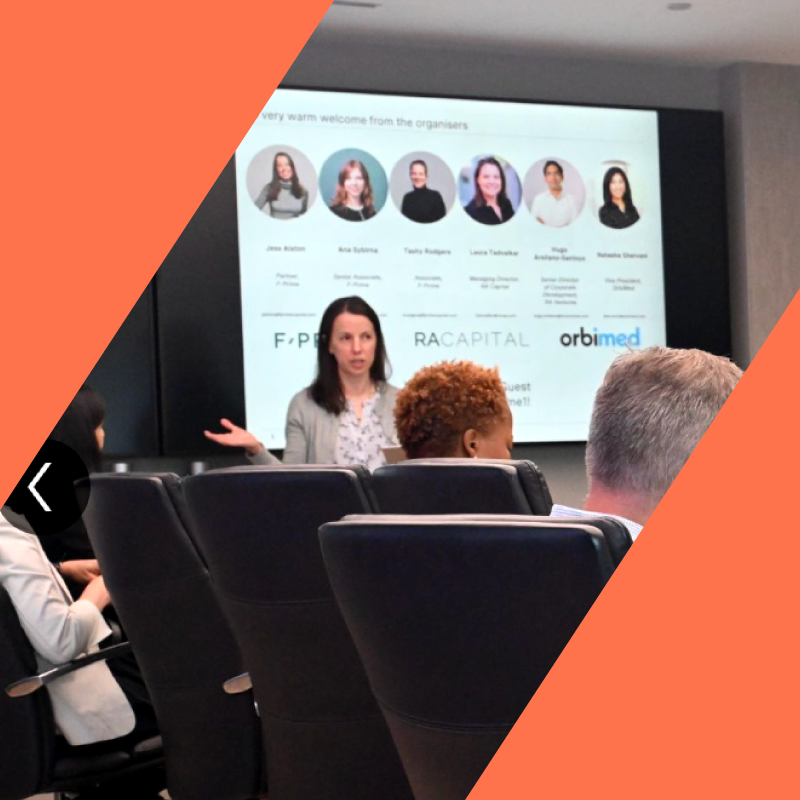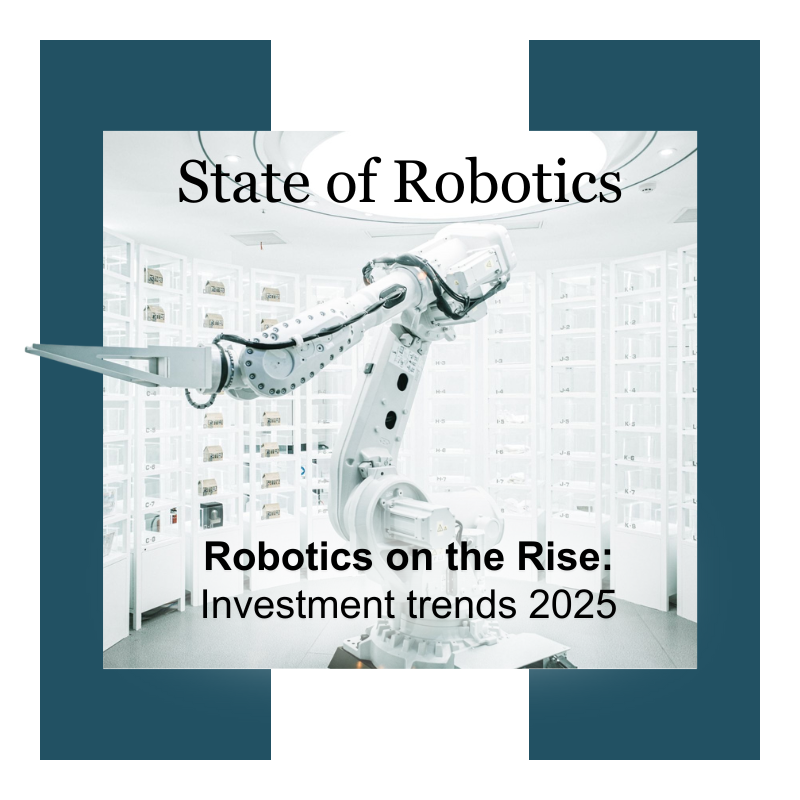Women’s Health Symposium

Women’s Health Symposium
On May 7th, F-Prime, RA Capital Management, and OrbiMed hosted a Women’s Health Symposium.
The event was co-organized by Tashy Rodgers, MD and Anastasiya Sybirna, PhD from F-Prime, alongside Hugo Arellano-Santoyo PhD from Raven (RA Ventures), RA Capital’s healthcare incubator and Natasha Shervani from OrbiMed. We welcomed an engaged audience of investors from top-tier VCs and strategics to hear from three fantastic speakers:
Dr. Parambir Bhangu shared insights on Organon‘s commitment to advancing Women’s Health
Prof. Linda Griffith (Massachusetts Institute of Technology) introduced her groundbreaking “organ-on-a-chip” disease models
Dr. Michael Rogers (Boston Children’s Hospital) presented new discoveries from his translational endometriosis mouse model
Our roundtable focused on high unmet-need areas such as endometriosis, polycystic ovary syndrome (PCOS), uterine fibroids, heavy menstrual bleeding, and female-prevalent conditions like osteoporosis. We discussed the chicken-and-egg problem in the space: a lack of investment leads to limited innovation, yet the complexities of clinical trials and sparse pipelines make it harder to attract investment in the first place. Crucially, we also explored solutions – from novel mechanisms and biomarkers to more translational disease models that can help de-risk programs earlier.
Some of the highlights:
- Academic funding in women’s health remains heavily skewed toward oncology, leaving non-oncologic gynaecological conditions underfunded and with sparse pipelines.
- Endometriosis non-invasive diagnostics and biomarkers are a top priority: current surgical confirmation requirements hinder trials, and most lesions are invisible to imaging.
- Pain, while clinically meaningful in endometriosis, is a noisy and variable endpoint. Validated biomarkers are urgently needed to measure disease modification.
- There is cautious optimism about the new draft FDA guidance for osteoporosis, which may allow accelerated approval based on improvements in bone mineral density (BMD) rather than fracture reduction. The field is eagerly awaiting the final guidance, particularly regarding safety database and confirmatory study requirements
- We are incredibly grateful to our speakers and attendees for a stimulating and solution-focused discussion. Exciting follow-ups are already underway. If you are an entrepreneur or academic working on novel therapeutics, diagnostics, biomarkers, or models for underserved women’s health conditions – we’d love to hear from you!


